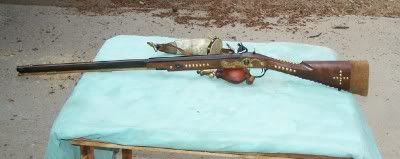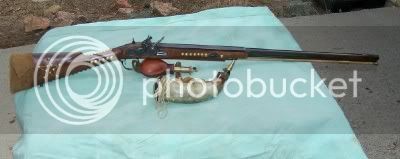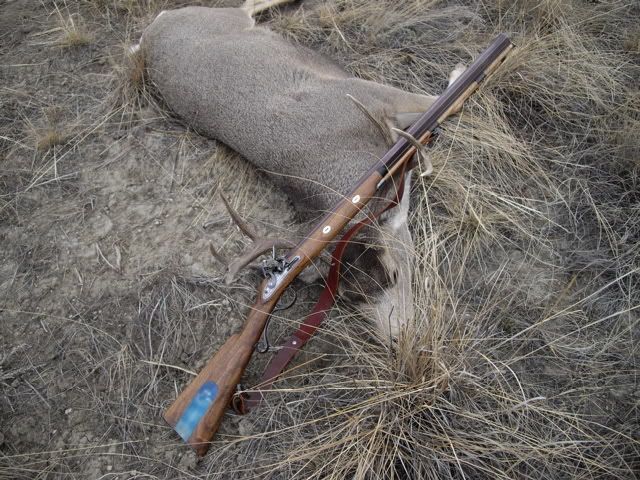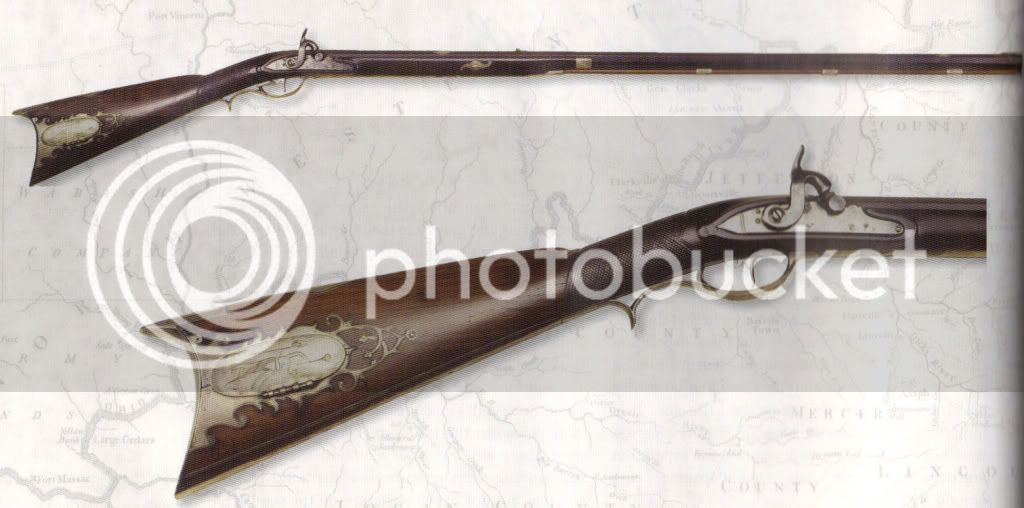After seeing the thread of converting a TC New Englander to flint I was wondering if there were any half stock round barrel flintlocks before 1800.
I'm looking for something with the style of a trade gun only a half stock with a rifled barrel.
What's you all thoughts on this?
The gun never existed? or were few and far between?
I'm looking for something with the style of a trade gun only a half stock with a rifled barrel.
What's you all thoughts on this?
The gun never existed? or were few and far between?










